_We may earn revenue from the products available on this page and participate in affiliate programs. Learn more ›
_
The 357 Magnum vs. 38 Special comparison might seem pointless since a revolver chambered for the 357 Magnum can also fire 38 Special ammunition. Add to this the fact that the 357 Magnum is about twice as powerful, and it would all seem to antiquate the 38 Special. But that is not the case. Why? Well, partly because choosing the right handgun or handgun chambering is not always about power. But it’s also because using a 38 Special revolver—or firing 38 Special ammunition in a 357 Magnum revolver—sometimes just does the job better, depending on what the job is. To fully understand and appreciate the differences and the advantages of each cartridge, we have to dig into the details of 357 Magnum vs 38 Special. So, here we go.
Learn how to subscribe to the new Field & Stream magazine here!
357 Magnum vs 38 Special at a Glance
In a nutshell, the 357 Magnum is a cannon compared to the mild-mannered 38 Special. The magnum has a longer case, can fire heavier bullets, and produces more than double the pressure. Here’s a breakdown:
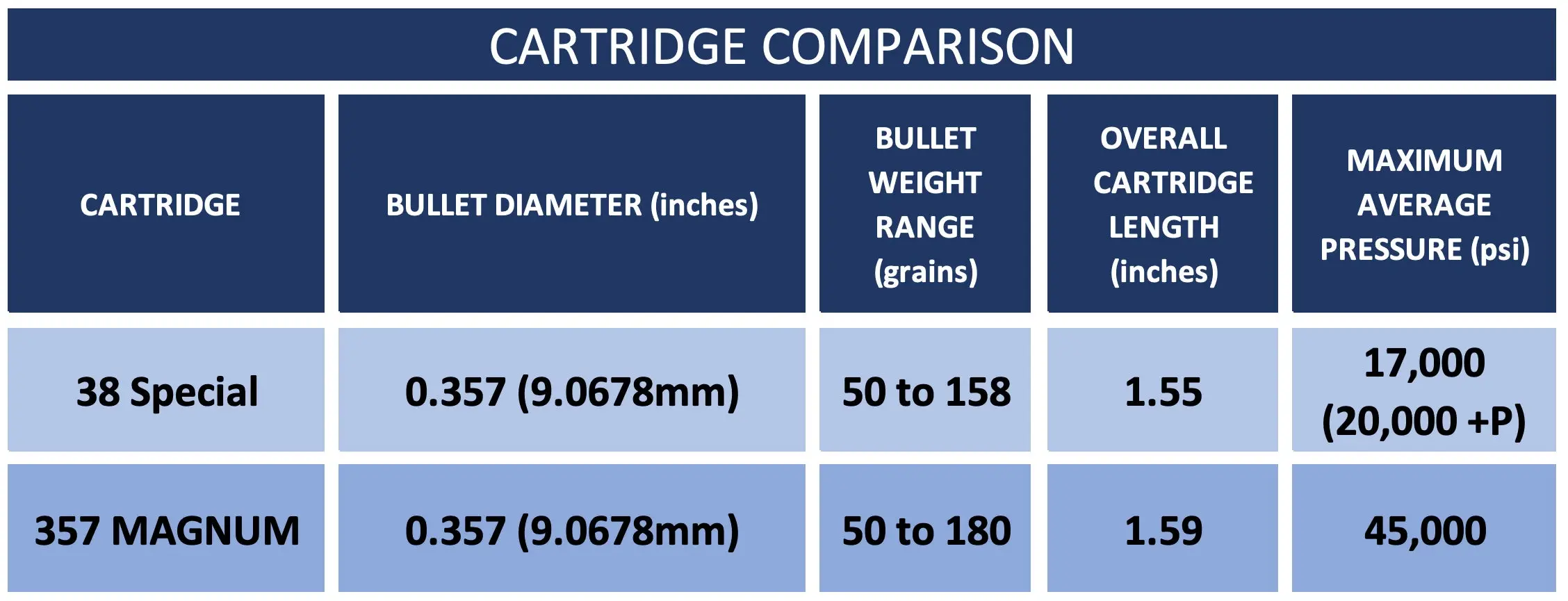
38 Special Overview
The 38 Special enjoys the popularity that’s common with all military cartridges. It was developed at the end of the 19th century and was ultimately chambered by Smith & Wesson in their Military & Police revolver. Early 38 Special ammunition was loaded with black powder and pushed a 158-grain, 0.357-caliber bullet to about 775 feet per second. Underwhelming by modern standards, this load generated only about 211 foot-pounds of kinetic energy at the muzzle. But back in the day, the military and police departments jumped on board.
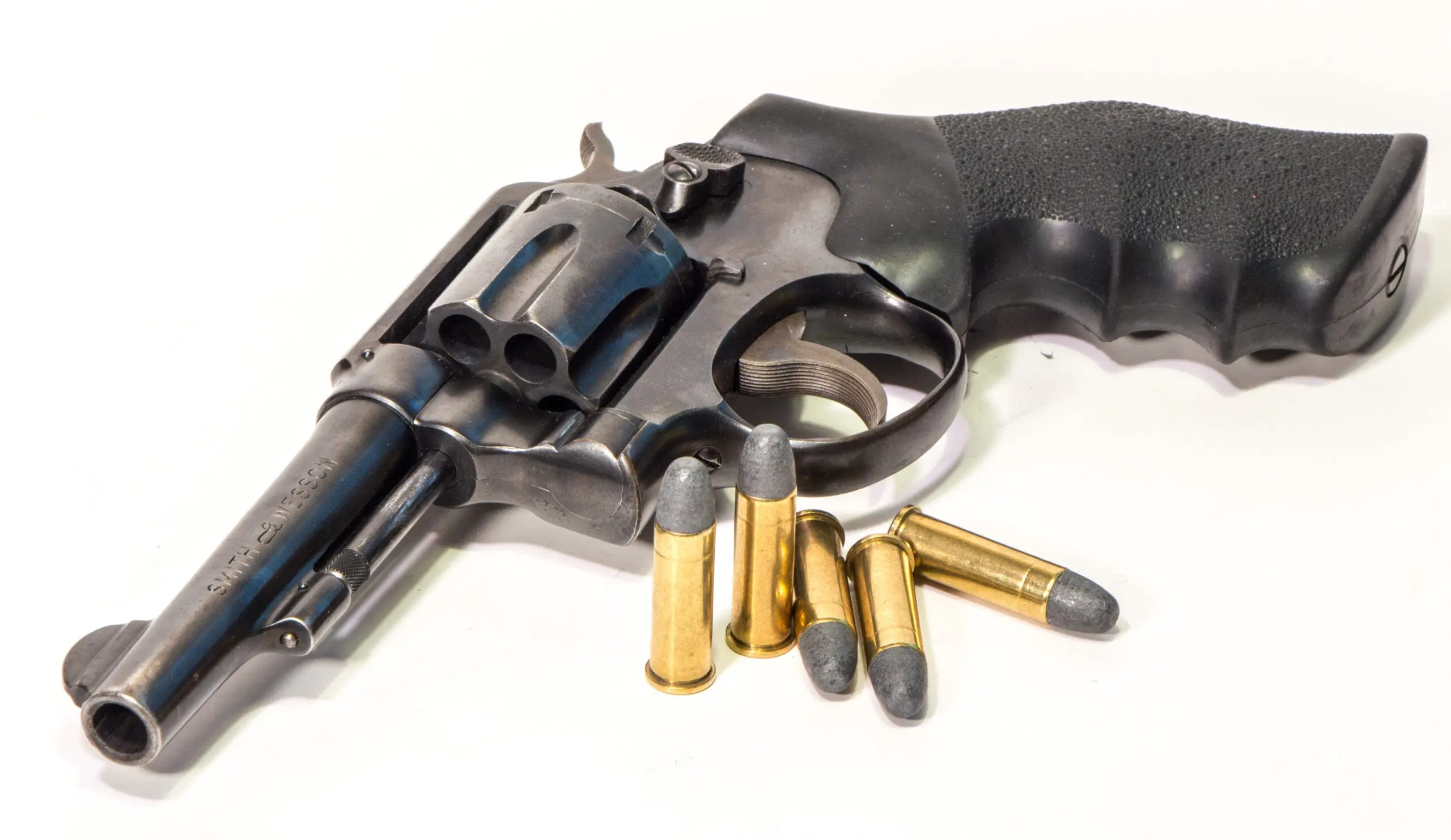
Until about 1960, the 38 Special was a favorite for law enforcement. Richard Mann
As with most cartridges that become popular, innovation follows. Today the 38 Special is one of the most prevalent revolver cartridges, and with 38 Special +P ammunition, ballistics are substantially improved and similar to the best 9mm Luger loads
. But standard 38 Special ammunition is loaded to a maximum average pressure (MAP) of only 17,000 psi so that it can be safely fired in older 38 Special revolvers, whereas 38 Special +P ammunition has a MAP of 20,000 psi and will push a 158-grain bullet about 15 percent faster. Today, the 38 Special is very popular in compact, short-barrel revolvers, and it has always had a great reputation for accuracy.
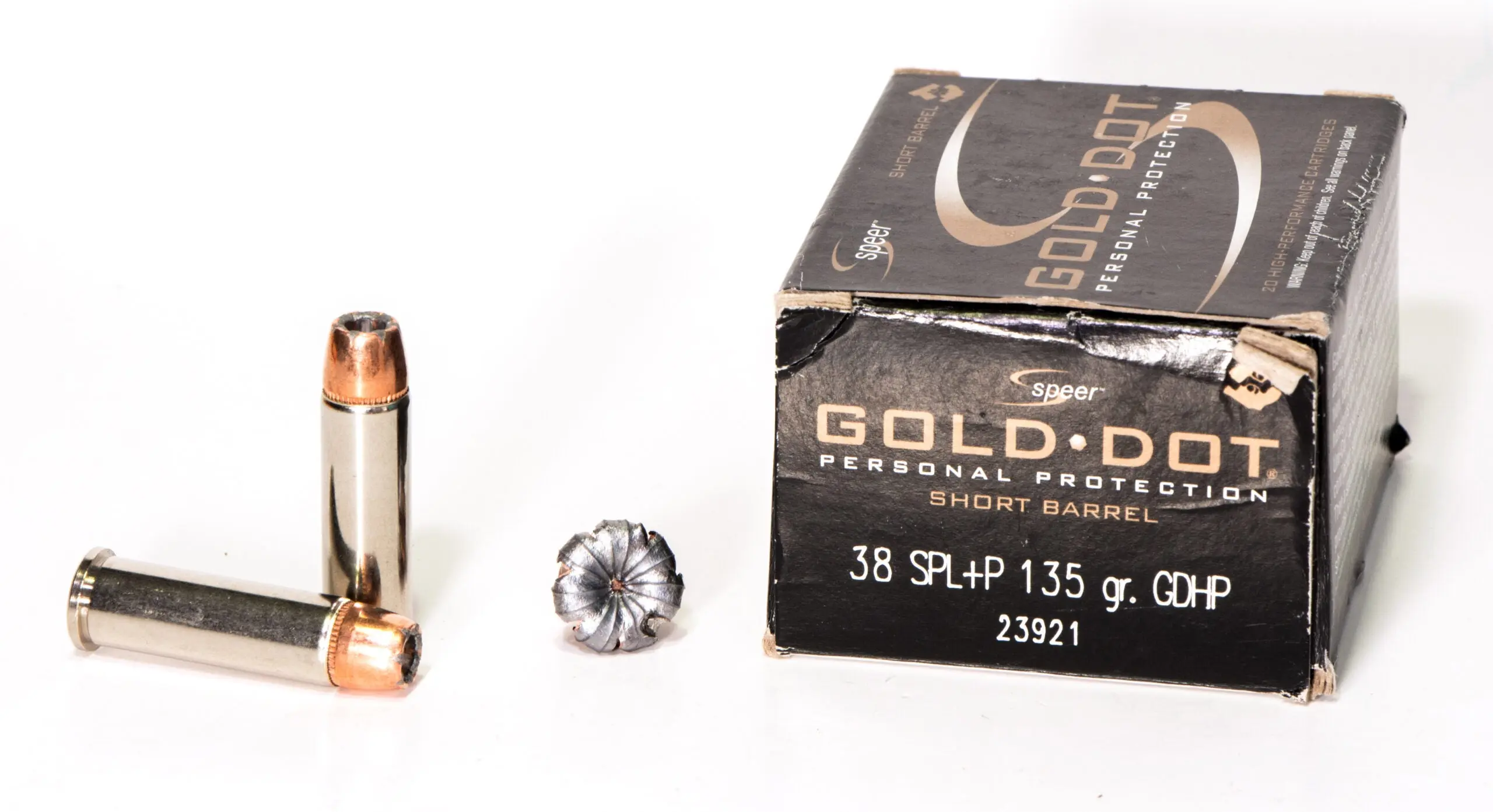
Some 38 Special ammunition has been optimized for short-barreled revolvers. Richard Mann
With all that said, you may still be wondering why a cartridge that uses a 0.357-caliber bullet is called a 38? The answer makes about as much sense as it doesn’t. At the end of the Civil War, many Colt black-powder revolvers were converted to fire a cartridge. Those revolvers had a groove-to-groove bore diameter of about 0.374-inch, which is very close to 0.38-caliber, and they were converted to fire was the 38 Colt Short. When Colt developed the 38 Long Colt, which fires a 0.357-inch diameter bullet, they kept “38” in the name for marketing recognition, and S&W did the same thing with the 38 Special.
357 Magnum Overview
Like the 38 Special, the 357 Magnum fires a 0.357-caliber bullet, but there are two main differences. The 357 Magnum’s case is 0.135-inch longer, and the cartridge is loaded to a MAP of 45,000 psi. The 357 Magnum’s longer case prevents 357 Magnum ammo from being loaded in 38 Special revolvers, but it’s the difference in pressure that truly sets these cartridges apart. The 357 Magnum can push a 158-grain bullet 1400 fps. Smith & Wesson could have called it the 38 Magnum, but you’ve got to admit, 357 Magnum sounds a lot better.
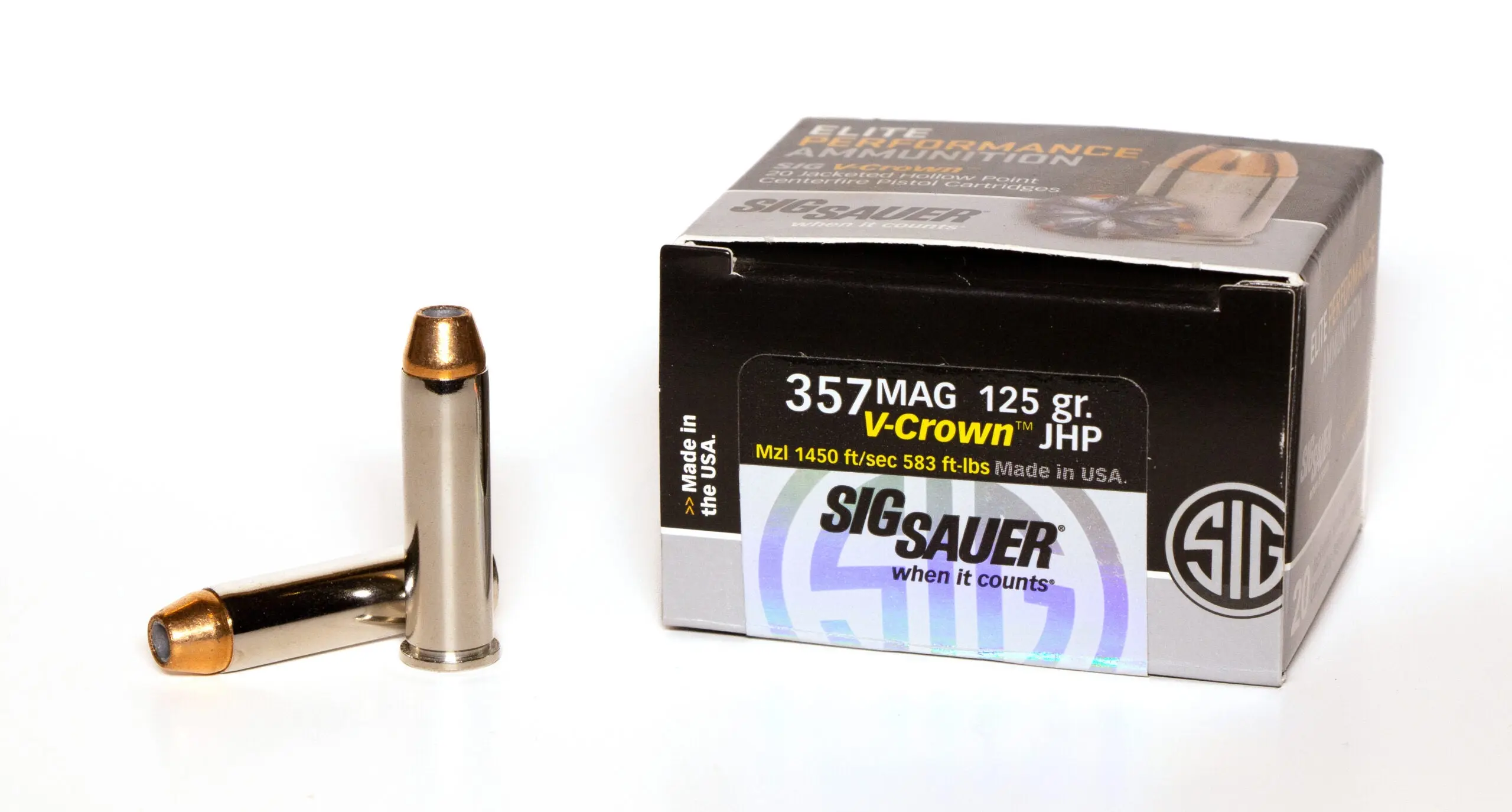
Your typical 125-grain 357 load will push a bullet close to 1500 fps at the muzzle. Richard Mann
The 357 was introduced in 1935 and was an immediate success. By the 1950s, it was the cartridge of choice by most police agencies and was used by many much later than that. When I was hired as a police officer in 1992, I was issued a S&W Model 686 chambered for the 357 Magnum. With its ability to fire lower-recoiling 38 Special ammunition for practice and training, it seemed like a cop’s best friend. And it was, until it was benched by high-capacity 9mm pistols. Still, despite its rather astonishing muzzle blast and snappy recoil, the .357 achieved a major reputation as a powerhouse and has been used to hunt all sorts of big game, even animals as large as elk.
357 Magnum vs 38 Special Ballistics
When it comes to ballistic performance, the 38 Special and the 357 Magnum are not in the same league. It’s almost like comparing a 30-30 Winchester with a 30-06 Springfield. Of course, in 1685, an Englishman who would become knighted by the Queen taught us the repercussions of shooting powerful cartridges long before the 38 Special or 357 Magnum were ever dreamed of. Newton’s third law about equal and opposite reactions explains recoil, and it’s why the 357 Magnum hits back twice as hard as the 38 Special. It’s the price you pay for substantially higher energy. Here is a breakdown of the 357 Magnum vs 38 Special ballistics comparison.

357 Magnum vs 38 Special: Recreational Shooting
Though the macho men among us may find some appeal in seeing a big fireball, hearing an ear-splitting blast, and having their wrists twisted by a powerful handgun like the 357, for enjoyable recreational shooting, the 38 Special is peerless as a revolver cartridge. Everything about it could be classified as mild. The first handgun I ever fired was my grandfather’s S&W Model 10, 38 Special. I was only 5 years old, and we got along just fine. Had I fired a 357 Magnum at that age, I might have developed an irrational fear of revolvers. When it comes to shooting for fun, the 38 Special has it all over the 357 Mag.
357 Magnum vs 38 Special: Competition Shooting
There are multiple types of handgun competitions. For those based on accuracy, a 38 Special revolver—or a 357 Magnum revolver firing 38 Special ammunition—is the wise choice. However, for hunting-style silhouette matches, the flatter trajectory and harder punch of the 357 knocks the targets over at greater distances more easily. In IDPA
and USPSA
sanctioned combat matches, there’s a power factor which is based on bullet weight and velocity. This separates the 38 Special and 357 Mangum in these competitions and gives the 357 a scoring advantage. So, in competition, it just depends on the game.
357 Magnum vs 38 Special: Hunting
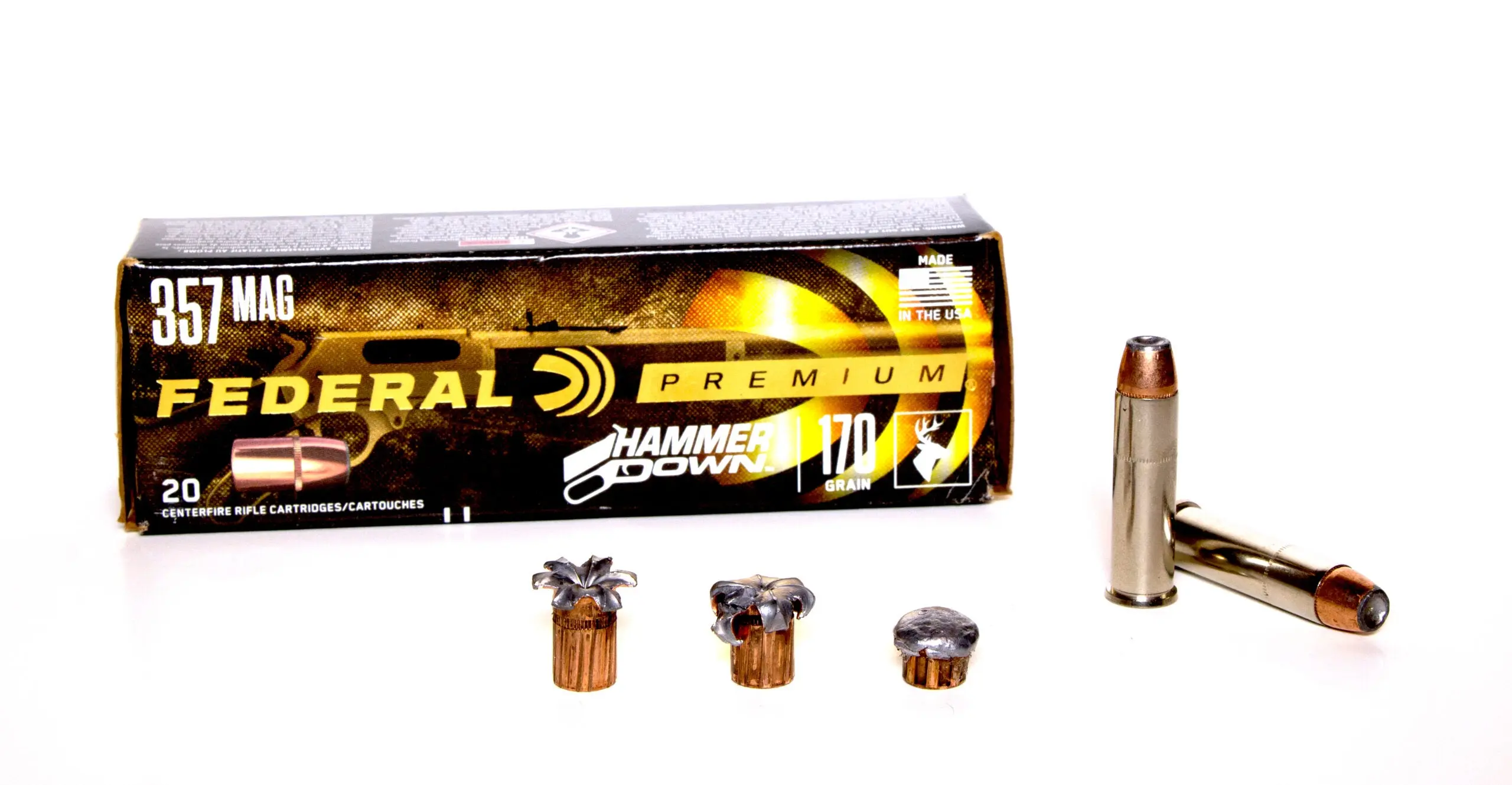
The extra power of the 357 Mag makes it the clear choice for big-game hunting, and there are several lever-action rifles chambered for it. Richard Mann
For the same reasons the 357 Magnum is a better choice in steel silhouette matches, it’s also a better choice for hunting. With the right loads, you can cleanly take feral hogs, deer, and bear with a 38 Special, but you can do it more effectively and at much greater distances with the 357 Magnum. Because of its added power, the 357 Magnum can also handle heavier bullets, which can offer a terminal performance advantage in some instances. There are rifles, especially lever-action rifles
, chambered for both of these rounds, but for big game, the 357 has a decided advantage.
**Related: The 25 Greatest Handguns of All Time
**
Recoil and Shootability
Law enforcement mostly abandoned the 38 Special for the 357 Magnum because it was more powerful. But as important as power might seem, even in that environment, there are other things that matter too. The heavy recoil of full-power 357 Magnum loads complicates fast and accurate follow up shots, especially out of snub nose (short barrel) revolvers. These revolvers can also have short ejection rods that may not reliably push the longer 357 Magnum cases out of the cylinder. Out of these easy-to-carry-and-conceal compact revolvers, which can be chambered for the 357 Magnum or 38 Special, it’s often best to shoot +P 38 Special ammo.
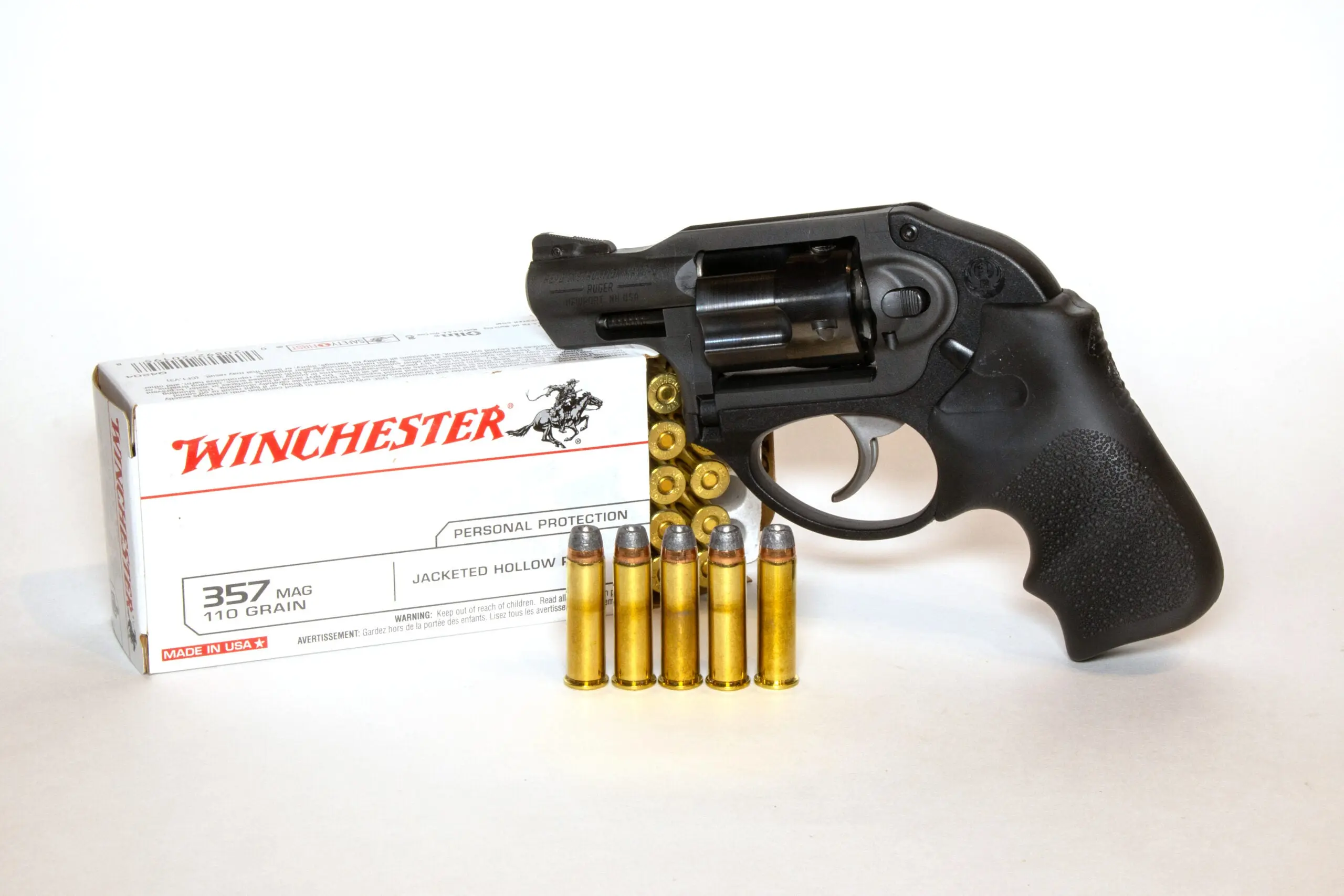
There are some very compact and lightweight 357 Magnum revolvers, but when fired with 357 Magnum ammo, they’re a hard to hold on to. Richard Mann
357 Magnum vs 38 Special: Which is Better?
It seems like the simple solution is to just get a 357 Magnum revolver and then shoot 38 Special, 38 Special +P, or 357 Magnum ammunition, as the situation dictates. That’s generally the best advice, unless you want an ultra-compact and lightweight snub-nose revolver like the Ruger LCR
. One of those in 38 Special is 20 percent lighter and cost roughly 14 percent less than its 357 Magnum counterpart. Though the 357 Magnum is clearly the ballistically superior cartridge, the answer to the 357 Magnum vs. 38 Special question is not always the same, and it’s not always about power. Think carefully about what you will use your revolver for, then consider all of the above, before choosing.






